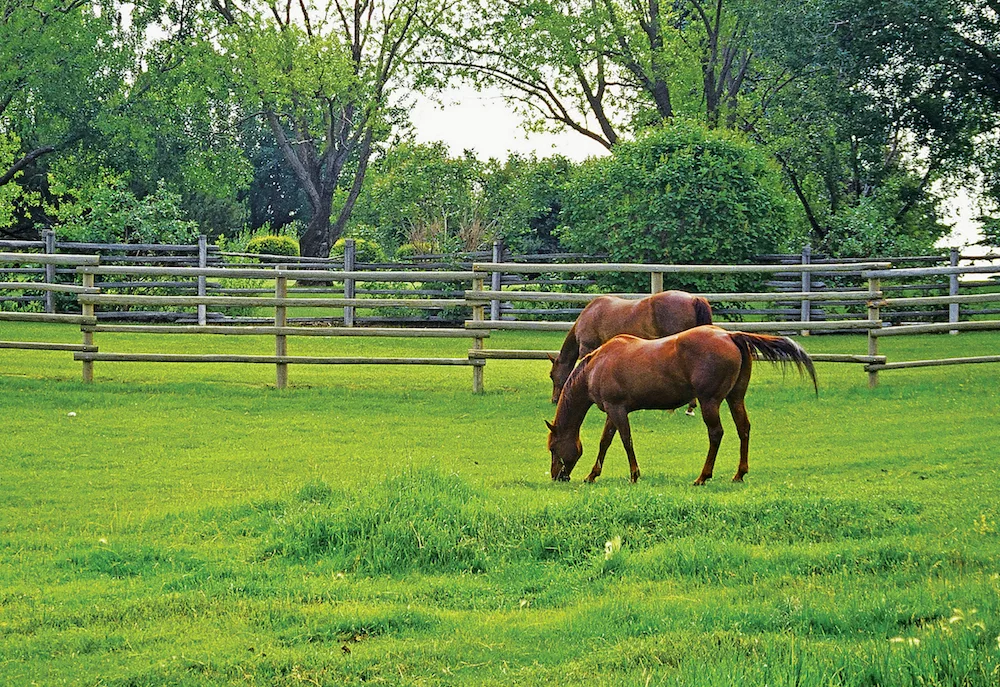American Farriers Journal
American Farriers Journal is the “hands-on” magazine for professional farriers, equine veterinarians and horse care product and service buyers.

Springtime laminitis is more likely to occur in horses with equine metabolic syndrome or Cushing’s disease.
There are some estimates that as much as half of laminitis cases are due to overgrazing on high-sugar pastures.
Warn your clients that it’s the sugar content of grasses, not the bright green color that presents a danger to their horses.
Remember that fructan levels also can spike to dangerous levels in the fall, particularly on warm days following frosts.
Bright green grass is one of the signs of spring, but all that green is also a red flag for hoof-care professionals. It means it’s time to remind your clients of an increased danger of certain forms of laminitis, as well as keeping an eye peeled for the early warning signs of the disease.
Unfortunately, laminitis is a condition that hoof-care professionals usually encounter after a horse already has begun suffering from it. If untreated, laminitis can lead to a breakdown of the laminae that form the connection between the hoof wall and inner structures of the hoof, such as P3. This results in an interruption of the normal blood supply, pain and downward rotation of P3, putting still more pressure on the sole of the foot. In extreme cases, horses are often put down.
Heading off laminitis before it occurs is preferable to even the most successful of treatments, so it makes sense for farriers to learn as much as they can about the disease and its causes, and to…